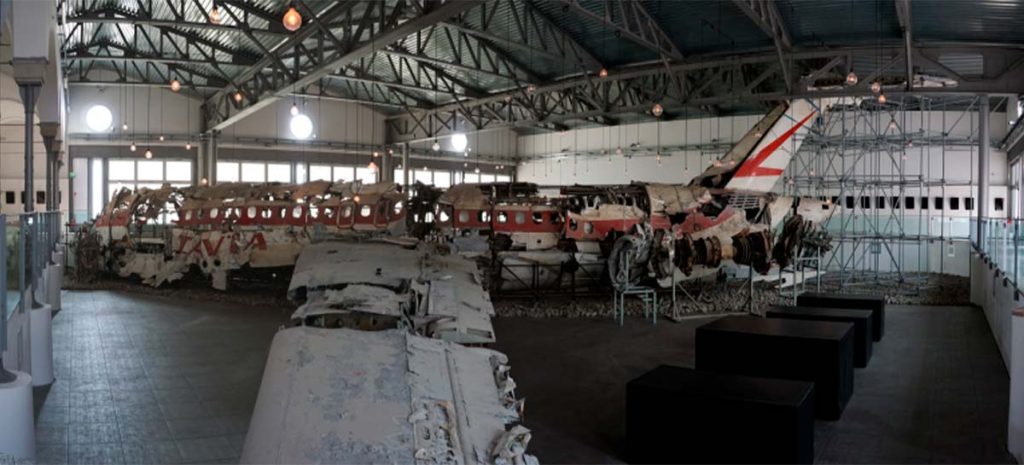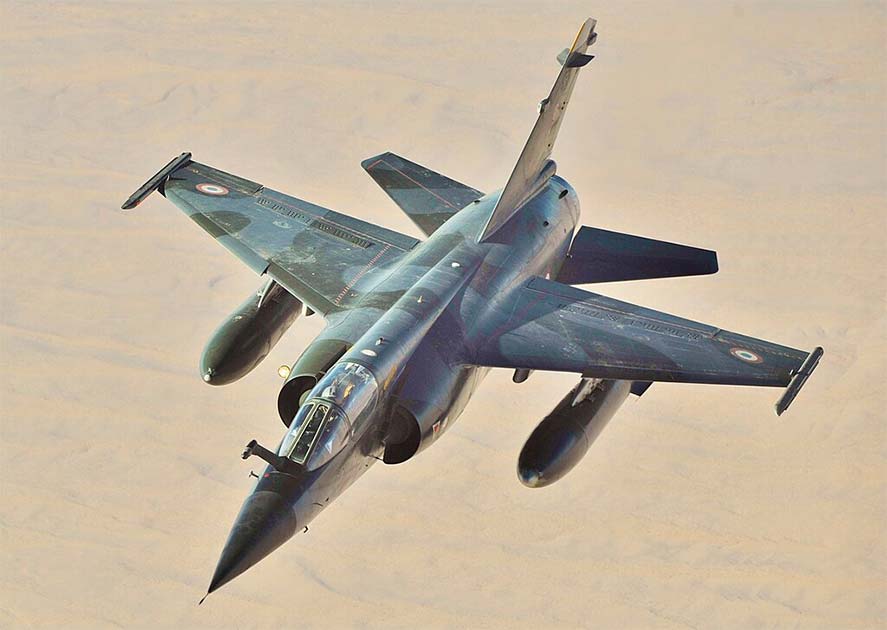Flying is the safest way to travel, so the airlines tell us. And this is certainly statistically true, with the important caveat that this is on a “per mile” basis. Given airlines travel massively further distances than most other forms of transport, such a conclusion is mathematically almost inevitable.
It also doesn’t address the fact that, unlike other forms of transportation, air accidents are almost always fatal. If the engine fails on a bus you are on, you can often walk away, but not so with planes.
Air travel is, however, extremely safe in the modern day. But planes do fall out of the sky from time to time, for known or unknown reasons. And we don’t always get the answers as to why.
One such incident happened on 27th June 1980. Itavia Flight 870, an interna Italian flight, fell into the sea on its way to Palermo. And if the rumors are to be believed, it may just have been shot down by the Americans.
What Happened to Itavia Flight 870?
The Itavia Flight 870 was a McDonnell Douglas DC-9-15 airliner. It was built in 1966 and was acquired by Itavia airlines in February 1972. The flight took off from Bologna Guglielmo Marconi Airport on its final flight with 81 people on board.

The destination of the Itavia Flight 870 was the Falcone Borsellino Airport, in Palermo, Sicily. The flight was routine, short, and no problems were anticipated.
Not everything was running smoothly, however. The flight departed from its destination with a delay of almost two hours. The last message was sent 30 minutes after departure, indicating that all was well. The last message from the aircraft indicated the position of the flight near the island of Ustica over the Tyrrhenian Sea.
- What Happened to Star Dust? The Plane Taken by the Andes
- John Kendrick: Killed by his own Gun Salute?
20 minutes after this final message, the Itavia Flight 870 abruptly split into two halves mid-air and crashed into the sea. Interceptor aircraft from the Italian Air Force quickly arrived on the scene to locate the accident area and check for any survivors.
However, the F-104s of the Italian Air Force could not scout the accident area properly due to a lack of visibility. It woud later be found that all 81 souls on board had died.
The debris of the plane, wreckage parts and bodies floating in the area helped in confirming that there were no survivors from the incident. As is routine in such disasters, a full investigation was ordered to understand the cause of the crash, with the aim of preventing any recurrences should a fault wit the plane itself be uncovered.
But the investigation drew a blank, and the causes of the Itavia Flight 870 crash remain an unsolved mystery to this day. At least, that is the official verdict, because almost from the outset there were two competing theories.
At the time, the obvious conclusion was that this was a terrorist attack and that a bomb had destroyed the plane. Time passed and nobody claimed responsibility, and although this indeed was the official conclusion nine years later, by then questions and doubts had started to creep in.
This led to another theory. During the flight there had been intense activity in the nearby airspace involving NATO fighter planes and Libyan jets. It was said that a high value target was in the air, perhaps Gaddafi himself, and that NATO had scrambled to intercept and shoot down this target.
It should not need saying that engaging in air-to-air combat near busy passenger routes carries a risk of collateral damage, one which many would find unacceptable. Did a NATO missile accidentally acquire and home in on the Itavia flight? Did NATO shoot down a passenger plane?
Over the years this theory has refused to go away. The investigation for the Itavia Flight 870 crash intensified in the years following the accident, with then-Italian Prime Minister Francesco Cossiga endorsing the theory and blamed French warplanes. The Italian Civil Causation Court also confirmed that the flight must have been hit by a stray missile, and that NATO had been obstructive to the investigation.
A Tragedy Without Answers
The investigations surrounding the Itavia Flight 870 only helped in fueling multiple theories about the event without concrete evidence. It should be remembered through all of this that the theory of a terrorist attack was never ruled out, either.
- The Hewitt-Sperry Automatic Airplane: The First Cruise Missile?
- Alone in the Jungle: The Remarkable Juliane Koepcke
According to a 1990 judicial inquiry by a technical commission, the analysis of wreckage revealed that the plane must have crashed due to an explosion in the rear toilet. However, the lack of any evidence of explosive residue in turn cast this into doubt.
Some of the sections of Italian media also fixated on the idea that the flight must have crashed due to a missile strike during military operations. Italian media also claims that documents from Libyan secret service archives reveal that Flight 870 was attacked by French warplanes.

But, around the edges of these competing theories, there is the US and their possible direct involvement. While French vessels helped in the search operations for debris from the flight on the ocean floor, only US officials could access the parts.
In addition, the suspicious removal of multiple radar reports from record also suggests theories about the involvement of Italian military in the flight crash. There was something about the attack which only the US could know.
More than 40 years after the Itavia Flight 870 crashed into the Tyrrhenian Sea in 1980, the exact cause of the crash remains a mystery. The tragic loss of 81 lives, alongside suspected involvement of governments and military in the incident, leaves only questions.
Did the fight between two nations claim the innocent lives of people aboard the Itavia Flight 870? The only problem with an investigation into the case is that the findings always round back to the initial assumptions. Maybe one day we will unravel the deeper mysteries of the flight 870 crash.
Top Image: The plane that was lost on Itavia Flight 870, with 81 people aboard. Source: Werner Fischdick / CC BY-SA 2.5.
By Bipin Dimri